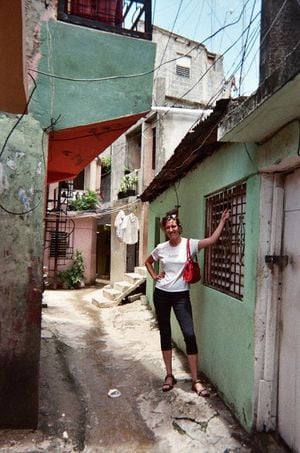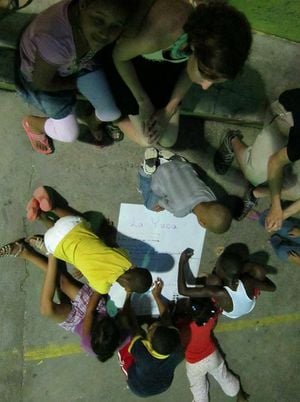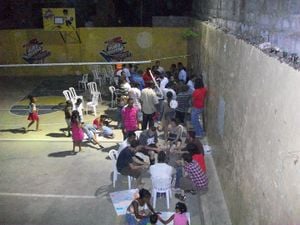About Me

My name is Meghan Heintz, I'm currently studying environmental resource engineering at Humboldt State University. I choose this career path after meeting dozens of environmental refugees while spending my junior year of high school in Quito, Ecuador. My long term goal is to work in part as a wastewater or bioremediation engineer and in part as a cultural and language liaison on environmental projects in Latin America.
Background
The summer of 2010, I fell completely and madly in love with Chiapas, Mexico during my participation in HSU's appropriate technology program. My particular project,HSU Chiapas micro hydro feasibility study, did not provide me with as much community interaction as I was hoping for. Therefore, I was extremely excited to be asked to return to Mexico as a grader the summer of 2011 and participate in more community based projects. However, due to violence in Northern Mexico, our appropriate technology program had to be moved to the Dominican Republic. I'll admit I was disappointed in the location change but only until I saw the beautiful white sand beaches surrounding Santo Domingo, the capital of the Dominican Republic.
First impressions
The Dominican Republic is a stunning country, not just the landscape but also the people. I have never been so lucky to have lived among such beautiful and open people before. It must be the Caribbean air or something because as a whole this is friendliest country I've ever visited.
Selecting projects


This is a anecdote paraphrased from Lonny Grafman I personally found to be very accurate in terms of describing the failures of many NGOs, if you give a community a thousand shoes sure, the kids won't be barefoot until they grow out of those shoes but then you've put the community shoemaker out of business. Coming to a community and participating in a one way exchange of material goods is not nearly as beneficial as a learning experience between your group and the community. To have a successful project the needs and resources of the community must be assessed. This can't be done effectively without sufficient community engagement. This program accomplished this feat by starting out with small meetings with community leaders and a few members from the program and slowing increasing the numbers of participants. This way the community is not overwhelmed with the number of outsiders. By the time we held out large meeting with all our students the community was ready to engage with us. From the aerial shots of the meetings there was no distinguishable leader of the meeting. Instead of some gringos lecturing at the Dominicans a genuine discussion and exchange of ideas was taking place. We discussed and listed the problems and the resources of the community in sharpie and large pads of paper. For me the most exciting part of this was when one of the Dominican women pointed out how much longer the resources list was than the problems list. The next meeting we discussed the proposed projects, alternative construction, wind power and rainwater catchment, and community members joined in discussions on the project which they had the most interest in. The alternative construction project was selected based on the communities need for a new classroom for the primary school. The wind power project was chosen to supplement energy consumption from the unstable and unpredictable central grid. The rainwater catchment project was borne from the need for potable water.